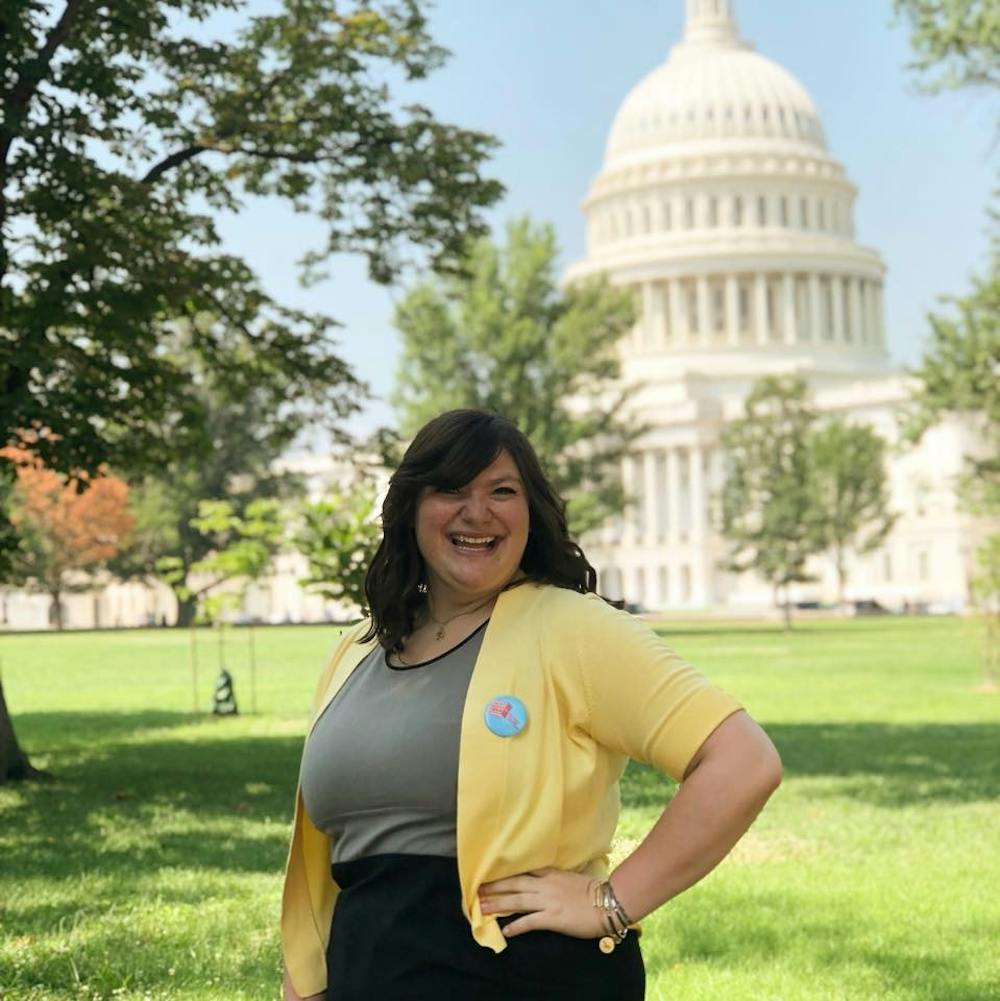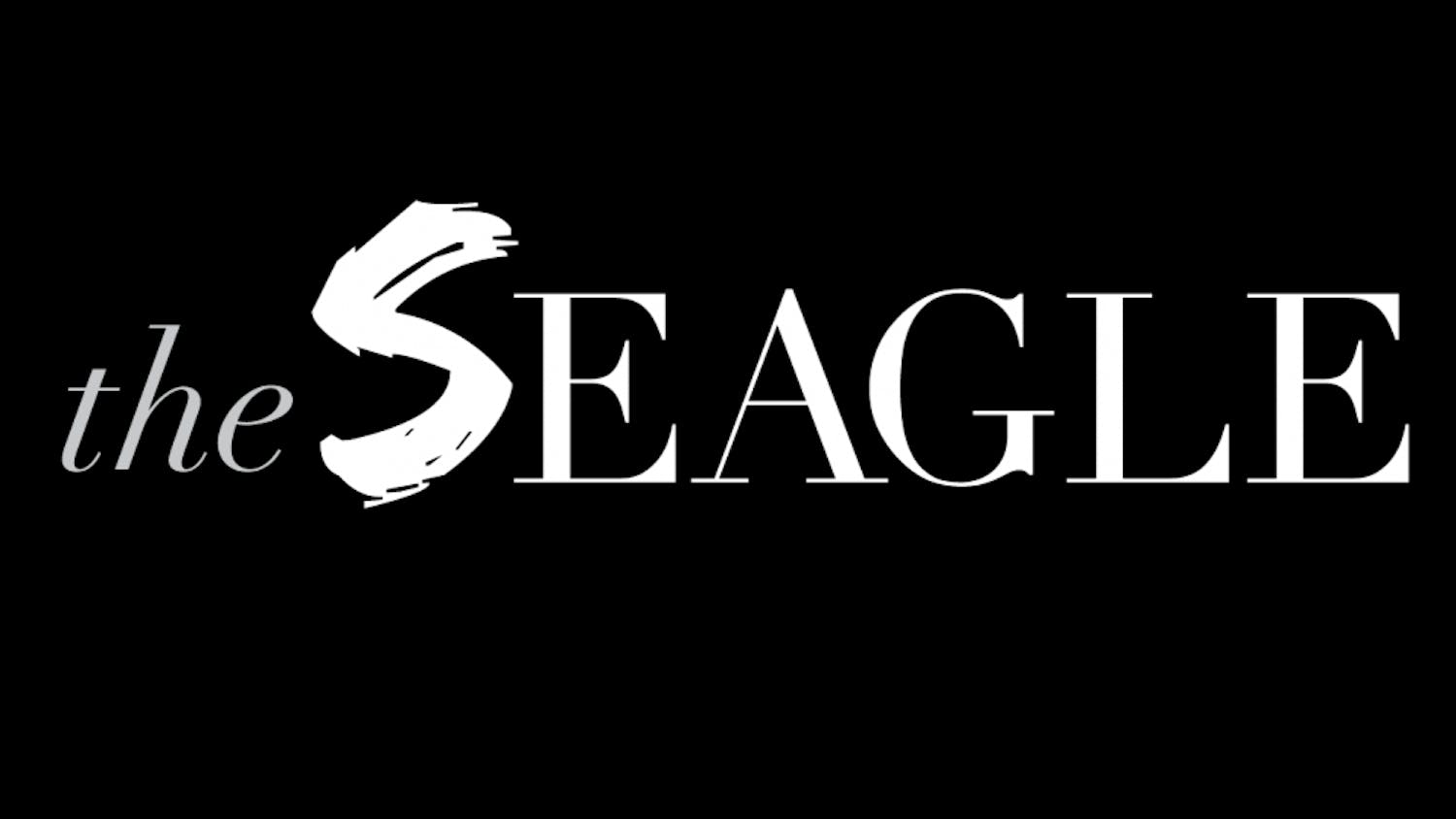This Domestic Violence Awareness Month, I am highlighting specific types of abuse that are either unique to college campuses, such as academic abuse, or types of abuse that are more prevalent on college campuses, such as digital abuse, financial abuse and stalking.
We have to talk about what domestic violence looks like on campus. Though anyone can be a victim of abuse, students on university campuses sometimes face unique types of abuse, have different barriers to breaking up with their partners, and different pathways to seeking justice. Domestic violence (DV) is also sometimes referenced as intimate partner violence (IPV). It is defined by the National Domestic Violence Hotline as “A pattern of behaviors used by one partner to maintain power and control over another partner in an intimate relationship.” Anyone of any background and identity can be a victim or a perpetrator of violence.
Anyone can be an abuser and anyone can be a victim, regardless of their identities, such as gender, race, age, class, ethnicity, religion, year of graduation, fraternity, athletics team, major and more.
Some of the types of abuse include physical, sexual, mental/psychological, verbal/emotional, financial, cultural/identity, digital and academic. Certainly, this list is not exhaustive. This represents the varied ways that perpetrators use words and behaviors to dominate their victim. It is also important to remember that not all abuse looks the same relationship to relationship. All relationships fall somewhere on the spectrum from healthy to toxic; most abusive relationships don’t begin that way.
Abuse is prevalent on campuses. College-aged women between the ages of 16-24 have the highest per capita rate of intimate partner violence. This means that 21 percent of college students report having experienced dating violence by a current partner, and 32 percent of college students report experiencing dating violence by a previous partner.
College can represent a unique arena for abusers. According to Healing Abuse Working for Change (HAWC), “Peer pressure, the presence of drugs and alcohol, stressful schedules, tight-knit friend groups and social media contribute to higher rates of abuse, sexual assault and stalking for students. Young people also have limited relationship experience, and often, if a high school relationship was at all violent or unhealthy, it is likely that future college relationships will be unhealthy too.”
Additionally, all forms of abuse are much more likely to be perpetrated by someone the victim knows. This can be an intimate partner, roommate, friend, roommate, classmate, teammate or fellow sorority/fraternity member. When everyone’s whole lives revolve around campus, abuse can become prevalent.
What can make leaving abusive relationships even trickier is that both parties are in close proximity to each other. They may live in the same dorms, take similar classes and participate in the same activities. It’s hard to “leave” a relationship or escape abuse if you see your abuser every day.
The first step to fighting this abuse is to have the tools and knowledge necessary to identify when it is happening, either to you or to someone you know. Once we can see signs of abuse, we can start to combat it in our daily lives.
If you are being abused or know someone who is being abused, OASIS AU: Office of Advocacy Services for Interpersonal and Sexual Violence is available for consultation Mondays through Fridays, 9 a.m. to 5 p.m.
Steph Black is a senior in the College of Arts and Sciences and a columnist for The Eagle.




